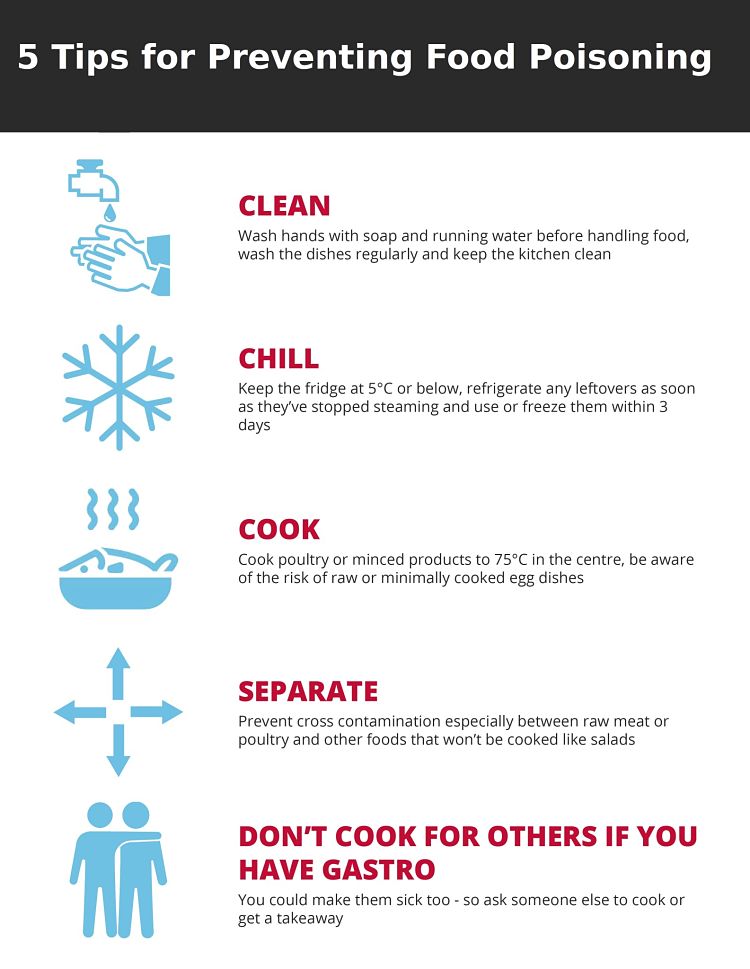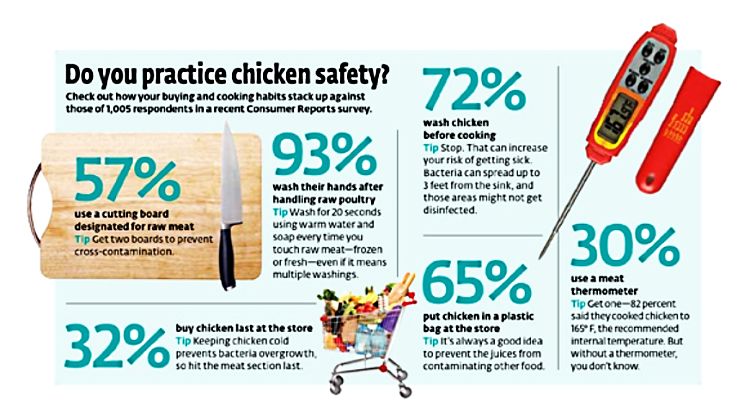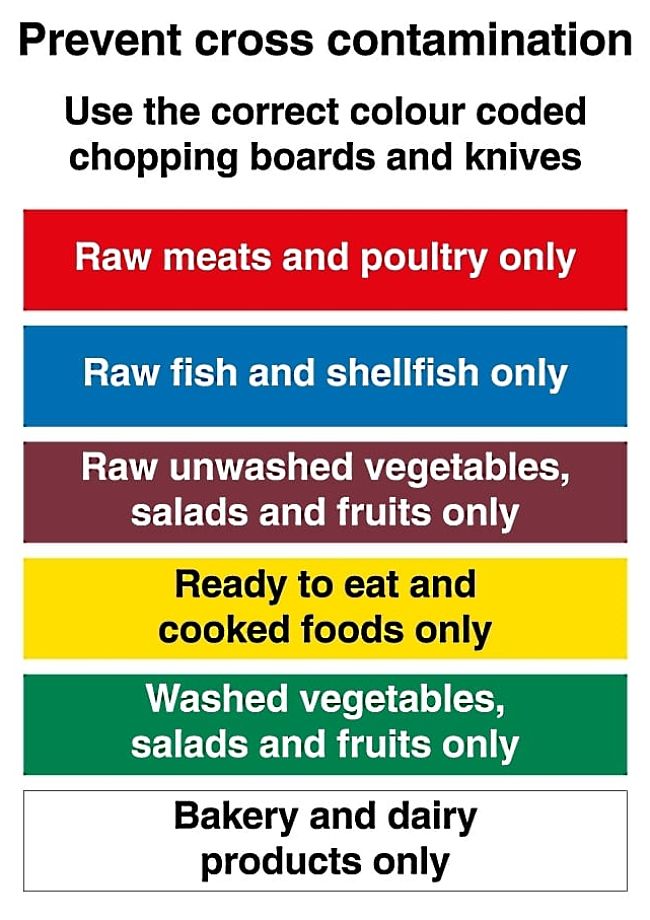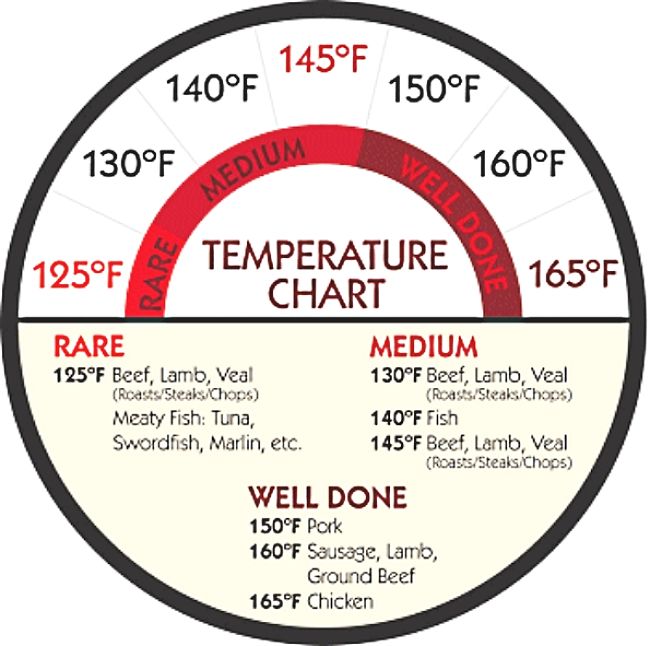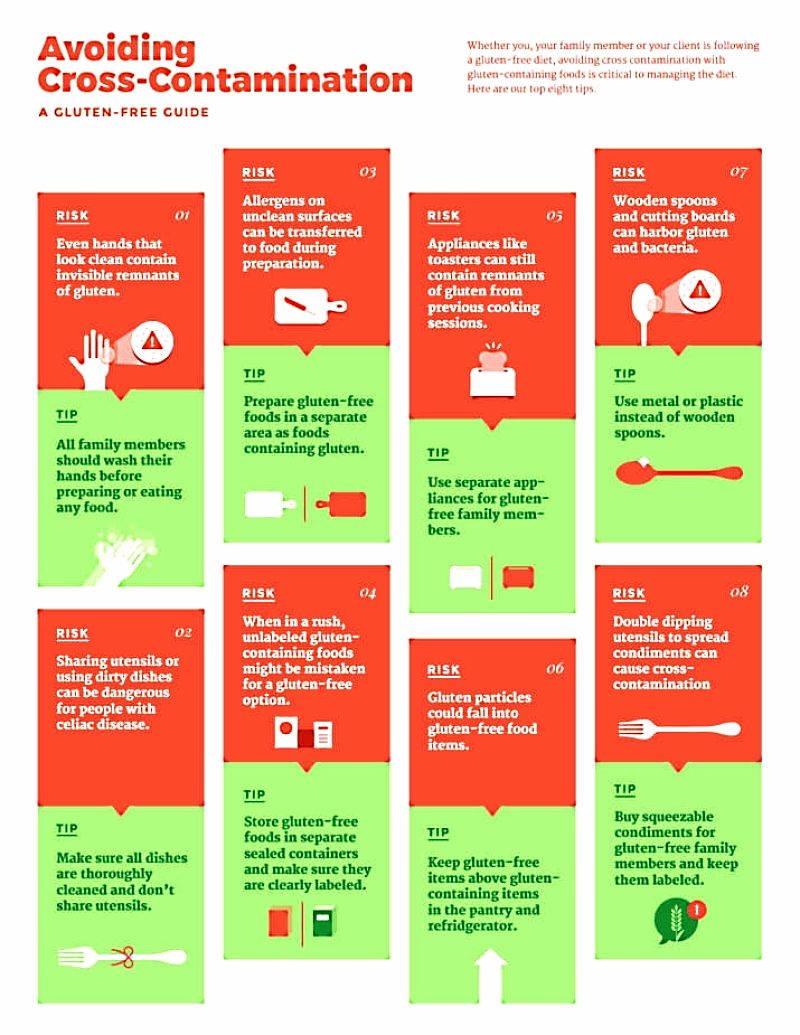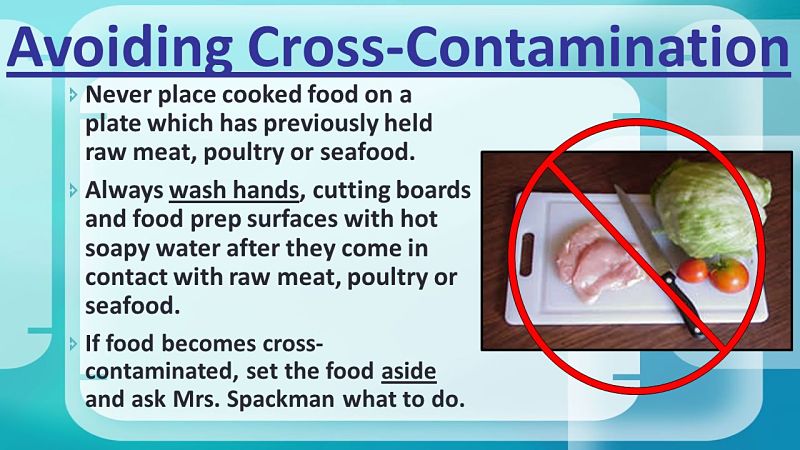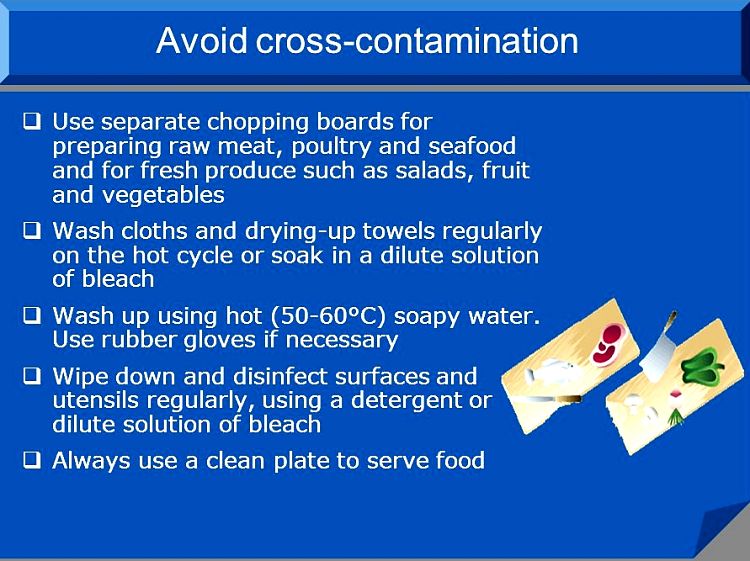Which Meats Have the Highest Contamination Risks for Food Poisoning?
Almost 20% of Americans get food poisoning from eating food contaminated with various pathogen and one of the major sources is raw meat and processed meat.
Annually there are about 2,000 food borne disease outbreaks each year in American, causing about 30,000 cases of illness, 1,200 hospitalizations, and 25 deaths, reported to health authorities.
Many more case of food borne illnesses go unreported or not counted because of misdiagnosis.
Green leafy vegetables are the worst cause, but meats and dairy products are also major causes.
A recent report has highlighted 12 years of data of food borne illness, from 1,700 outbreaks and has derived risk ranks for raw and processed meats and poultry on a scale from Highest to Low Risk.
The study also outlines the pathogens and how meats get contaminated during processing and storage of raw and cooked foods. This article summarizes the findings.
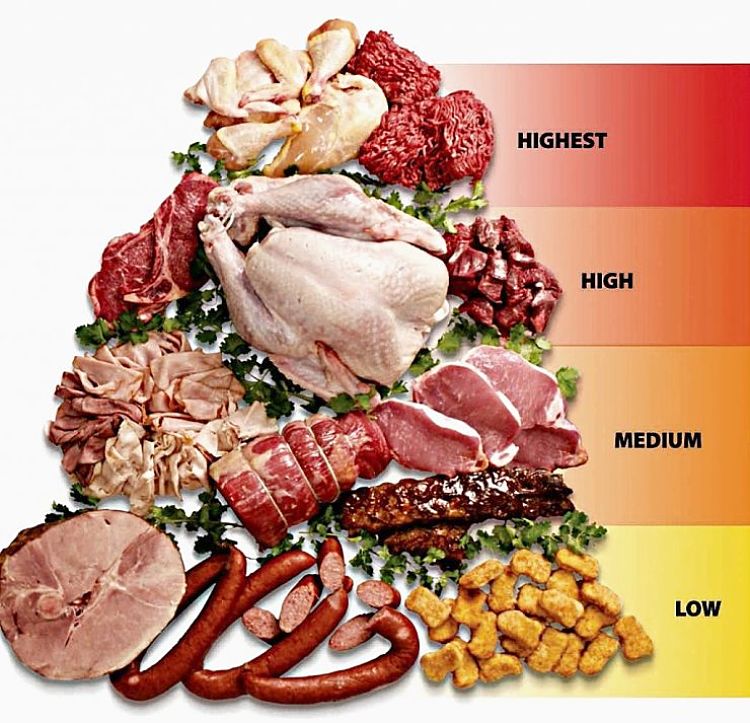
What are the Best and Worst Meats
So what is the best and worst meat? Research published by the Center for Science in the Public Interest (CSPI), developed a rank system for meat products based on the risk of them causing severe illness. The rankings were derived based on a formula that included the number of illnesses and the severity determined by hospitalization rate caused by the pathogen. Each case of Listeria that had a 94% hospitalization rate, was counted as 0.94; but each case of Clostridium infection was counted as 0.006 because it has low hospitalization rate of 0.6 %, was counted as 0.006.
This is shown in the image and summarized in the table below.
Best \/
- Chicken Nuggets
- Sausage
- Ham
- Roast Beef
- Pork
- Deli Meat
- Barbecue
- Beef (Other)
- Turkey
- Steak
- Chicken
- Ground Beef
Worst /\
The table below summarises how the ratings were derived.
Worst Meats for Contamination and Food Poisoning Risks
|
Rating
|
Type of Meat
|
Outbreaks
|
Cases of Illness
|
Severity Index
|
|---|---|---|---|---|
|
Highest
|
Ground Beef
|
336
|
3,801
|
869
|
|
Highest
|
Chicken
|
452
|
6,896
|
657
|
|
High
|
Steak
|
82
|
1,935
|
509
|
|
High
|
Turkey
|
130
|
4,349
|
453
|
|
High
|
Beef (Other)
|
99
|
2,414
|
398
|
|
Medium
|
Barbecue
|
94
|
2,484
|
312
|
|
Medium
|
Deli Meat
|
59
|
1,515
|
258
|
|
Medium
|
Pork
|
129
|
2,262
|
248
|
|
Medium
|
Roast Beef
|
92
|
2,470
|
178
|
|
Low
|
Ham
|
49
|
1,094
|
57
|
|
Low
|
Sausage
|
54
|
823
|
56
|
|
Low
|
Chicken Nuggets
|
37
|
203
|
18
|
Worst Meats and Sources of Contamination
The worst culprit was chicken. Over 12 years chicken products, including grilled, roasted and ground chicken, were linked with over 450 outbreaks of food borne illness and about 7000 cases of illness in USA. Ground beef was nearly as bad linked with about 350 outbreaks and nearly 4000 cases of illness. However this only refers to cases reported to doctors and hospitals and perhaps 3-5 times and many are minor and not reported. Health authorities have suggested people should adopt defensive eating by assuming the all meats, especially chicken and ground meat are hazardous, and take extra care in handling, stopping cross-contamination between raw ingredients and cooked foods, when preparing and serving meats. This also applies to all food, including salads and green leafy vegetables which have been shown to be as bad if not worse. All food is risky and should be treated with care, with special attention to contamination within the home. Some precautions are:
- Consumers should use a thermometer to ensure their cooked meat has reached the proper internal temperature to kill pathogens. Beef should be cooked to 160 degrees F (70 degrees C), Pork to 145 degrees F (65 degrees C), and Poultry to 165 degrees F (75 degrees C).
- All fresh fruit and vegetables should be throughout washed before use as it may have been washed in contaminated water.
- Avoid cross-contamination between raw meats and cooked foods in the kitchen by not using the same cutting board or knives for raw meat and uncooked foods
- Keep raw food and cooked food in separate areas in the refrigerator.
Chicken
Salmonella contamination in poultry mostly occurs during slaughter and processing, via cross contamination between live birds and the processed meat. Clostridium
perfringens and Campylobacter are routinely found in poultry.
Ground Beef
Cattle naturally carry E. coli o157:H7 in their intestinal tract, and the bacteria can be transferred to the animal carcass during slaughter. The cattle hide hide is another source of contamination. When small pieces of meat (called “trimmings”) from various carcasses are combined into large vats for making ground beef, a single contaminated source can be infect the entire batch.
Beef Steak
Generally steaks are cooked over high heat for short periods—as compared to roast beef or barbecue beef, which are cooked at lower temperatures for a longer time. This cooking style kills pathogens from the surface of the meat but the rare interior may be infected. About 2,500 people were made ill from eating slow cooked BBQ beef or pork, most often from pathogens such as Clostridium perfringens and Staphylococcus aureus. Nearly half of these these illnesses occurred in a restaurant. When large quantities of food are coked in restaurants and left at room temperature for long periods of time, bacteria like Clostridium perfringens and Staphylococcus aureus can grow rapidly and contaminate the food. Cross contamination from marinades used as a sauce for cooked meats and BBQs is an obvious source as well a contamination from cooking implements. Items that come into contact with uncooked meat should not be used on the cooked meat. Steak infections were mostly linked with E. coli O157:H7 and Clostridium perfringens, a pathogen usually associated with improper temperature controls after cooking.
Deli and Processed Meats such as ham and salamis
Deli meat includes meat sliced at the deli counter, such as ham, roast beef, chicken, salami, pepperoni and other meats as well as pre-packaged sliced deli meat. Deli meat caused illness in 1,500 people in 59 outbreaks over the 12 years of the study. Most Deli meat derived illnesses are caused by Listeria monocytogenes which is one of the deadliest foodborne pathogens. Listeria can multiply at refrigerated temperatures unlike many other pathogens. Listeria bacteria can also survive on metal and plastic surfaces, which means even the deli slicer itself can be a source of cross-contamination. Listeria has a hospitalization rate of over 90 percent, the highest rate among foodborne pathogens and causes many deaths. Norovirus caused about 60% of the illnesses from contaminated deli meat.
Sausages including hot dogs and bradwurst
Surprisingly sausages have relatively low risk. Most contamination occurred from the ground lean meat and fat used. Most of the illnesses were attributed to Norovirus which requires a human host to multiply, and so were caused by improper hand-washing and poor food-handling and hygiene practices and procedures.
Chicken Nuggets
Chicken Nuggets were the lowest-risk category of poultry and meat and poultry covered in this study. This probably occurs because they are highly processed, and often pre-cooked.
Worse Pathogens
The worst pathogen causing food borne illnesses are shown below with their hospitalization rates.
The Worst Pathogens causing Food Borne Disease
|
Pathogen
|
Hospitalization Rate (%)
|
|---|---|
|
Listeria monocytogenes
|
94
|
|
E. coli
|
46.2
|
|
Yersinia enterocolitica
|
34.4
|
|
Hepatitis A
|
31.5
|
|
Salmonella spp.,nontyphoidal
|
27.2
|
|
Trichinella spp.
|
24.3
|
|
Shigella spp.
|
20.2
|
|
Campylobacter spp.
|
17.1
|
|
Staphylococcus aureus
|
6.4
|
|
Norovirus
|
1.5
|
|
E. coli, non-STEC
|
0.8
|
|
Clostridium perfringens
|
0.6
|
|
Bacillus cereus
|
0.4
|
Pathogens - Disease symptoms and foods likely to be contaminated by them
Listeria monocytogenes
Listeria infects few number of people, but makes people very sick, and has a very long incubation period. In mild cases causes it causes vomiting, stomach cramps. In severe cases serious infection and deaths. Pregnant women and unborn babies are particularly at risk with frequent miscarriages .
Listeria infections mostly occurs in unpasteurized dairy (milk and cheese), cheeses; processed and raw meats and smoked seafood.
E. coli
While many types of E. coli bacteria are harmless and occur naturally in the intestines of everyone on the planet, some type cause serious infections with symptoms range from bloody diarrhea, kidney failure and gastroenteritis.
These nasty forms of E. coli most are found in unpasteurized milk, ground beef, fruit juices, and raw vegetables such as leafy greens, and sprouts.
Yersinia enterocolitica
This pathogen ommonly causes infection in small children within 7-14 days from infection. Symptoms of severe cases include diarrhea, fever, vomiting and stomach pain, sometimes severe, and can affect the heart.
Yersinia infections mostly arise form with pork, unpasteurized milk, and seafood such as oysters. Yersinia often gets into food from unwashed hands and can occur in cooked foods that are contaminated by handling.
Hepatitis A
Hepatitus is a vaccine-preventable virus that causes liver disease. Symptoms include nausea, low appetite, vomiting, diarrhea, fever, muscle aches, and jaundice due to liver function impairment. Severe cases cause major liver damage.
The Hepatitis A virus is mostly associated with various types of fresh produce and shellfish washed or processed in contaminated water due to poor staff hygiene.
Salmonella spp.
Various Salmonella species cause mild to severe gastrointestinal illness (food poisoning). Common symptoms are vomiting, diarrhea, nausea, fever and severe body cramps. Many severe gastroenteritis require hospitalizations and deaths.
Salmonella spp. most frequently cause illness via animal products, such as poultry, meat, eggs, fish, various dairy products and seafood such as fish, shellfish and shrimp,. But infections can also arise from vegetable produce, prepared meals, spices and peanut butter.
Trichinella spp.
These parasites infect the muscles and produce symptoms ranging from fever, edema, myalgia and general malaise and in the worst cases damage the muscles.
The largest risk of trichinosis comes from raw, or improperly cooked pork, and predatory game meat such as wild pig, deer, bear and walrus meat.
Shigella spp.
These pathogens are caused by poor sanitation, poor hygiene and contaminated drinking and washing water. Infections cause flu-like symptoms when mild, but can develop into serious gastroenteritis with uncontrollable vomiting.
Shigella spp. infections mostly occur from foods washed with contaminated water. Food can be infected by food handlers with poor hygiene and includes ground meats and many processed meats and deli items.
